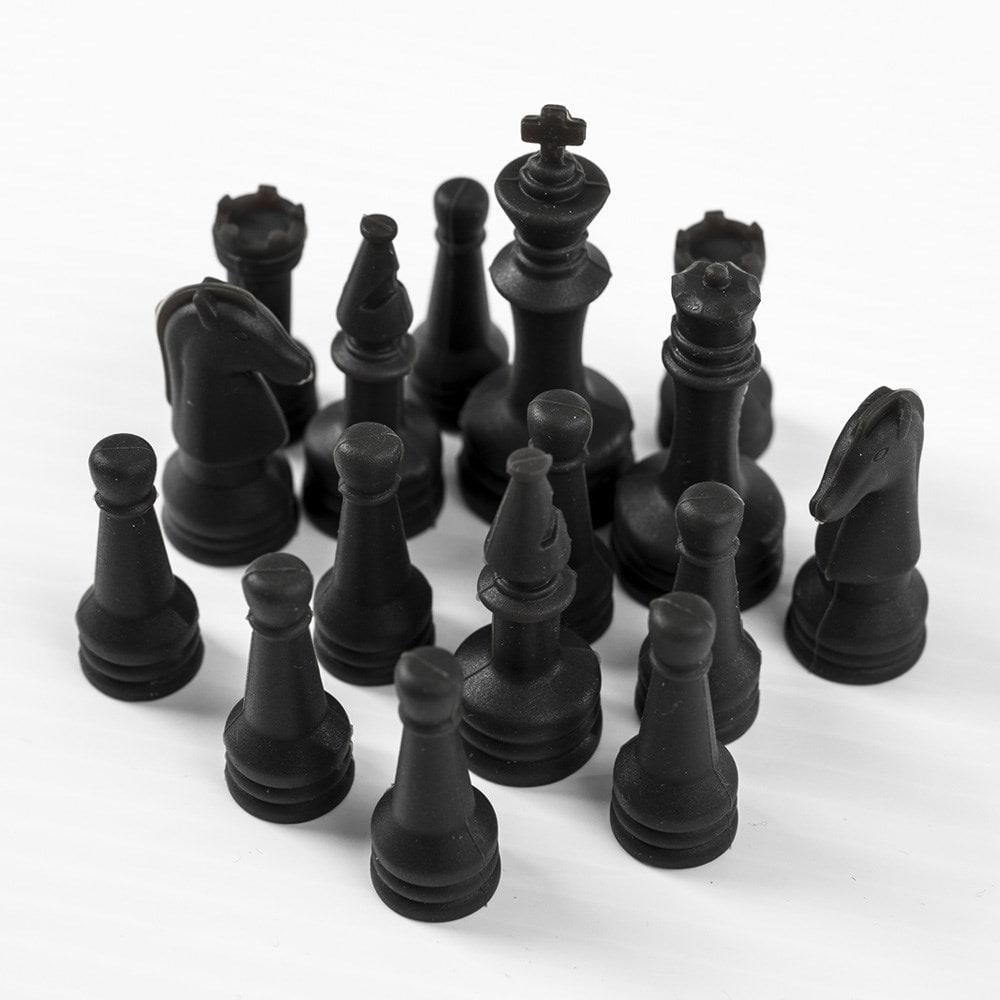
The reason the Fool’s Mate is often called foolish is because of the inherent weakness of the squares it exploits. The Fool’s Mate is one of the easiest and most dangerous moves to make in chess and relies upon a player being unaware of the vulnerabilities their opening moves create. By moving out their f2 and g2 pawns in the pattern described above, the player using white pieces opens a direct diagonal line of attack to their king, which cannot be defended by any of their other pieces, as pawns cannot move backwards, and none of the higher-ranking pieces can make legal moves to block the opening. The player using black pieces, noticing white’s mistakes, needed only to make the simple move of moving his e7 pawn out of the way of his queen, giving her a straight diagonal line to h4, easily blocking and checkmating the king. On their first move, white moves their f2 pawn (located in the third square from the right in the second row) out one space to f3. The player using black pieces answers this move by taking advantage of the rule that allows pawns to move two squares on their opening turn, moving their e7 pawn forward two spaces to e5. After this, white moves their g2 pawn forward two spaces to g4. Black then moves their queen to h4, checkmating the king. This scenario, known as “the Fool’s Mate,” is the outcome with the fewest possible moves used to win a chess game. The two-move Fool’s Mate scenario is one that can only be won by the player with black pieces in chess, although the player with white pieces can win a similar victory but in a minimum of three moves.įor the Fool’s Mate to occur, the player using white pieces (who always goes first) must make a few critical errors.



#CHESS MINIMUM PIECES FOR MATE SERIES#
Most people are aware that the object of chess is to secure a “checkmate,” a scenario in which the opponent’s king is completely trapped and cannot make any legal moves. In most chess matches, a checkmate only occurs after a long series of moves, defenses, and captures, but in one key scenario, a chess game can actually end in just two moves.


 0 kommentar(er)
0 kommentar(er)
